Founded in 1959, Marcos initially focused exclusively on two-seaters, but in late 1970 the company unveiled the Mantis, its first-ever four-seater. And what a disaster it was. Marcos had high hopes for its six-cylinder grand tourer, but less than a year later the Mantis and its maker were both dead, with just 32 examples produced. Not that the story is quite that simple . . .
In 1969, Marcos had a staff of 120 who produced 8–10 cars per week, so there was plenty of scope for an extra model to be shoehorned into the range. With a smart-looking two-seater already available, propelled by a choice of engines from 1.6 to 3.0 litres, a more family-focused sportster would be just the job. Upon the Mantis’ unveiling, company co-founder Jem Marsh said: “At the moment we produce a sports car which sells well without even trying. We want to expand but by making sports-only cars we automatically restrict our market. So the only logical step was a four-seater.” It’s fair to say that the Mantis didn’t sell well without Marcos even trying.


Developed in just a year, the fantastically wedge-shaped Mantis (codenamed M70 by Marcos) was penned by the collaborative efforts of freelancer Dennis Adams and in-house designer Brian Cunnington. Their job was to come up with something rakish that would be powered by a 2.5-litre straight-six Triumph engine, taken from the TR6. The Mantis was Cunnington’s first brief since leaving Lotus, where he had come up with the designs for the Elan coupé and +2. Technically, the duo did a brilliant job; with a drag coefficient of 0.35, the Mantis was undeniably slippery, so it’s a crying shame that it looked so ungainly.
Aimed at those who found a £2700 Jaguar E-Type 2+2 too cramped and a £1999 Rover P6 3500 too conventional, the Mantis was somewhere between the two in terms of cabin space. It was 3 inches longer and a massive 6 inches wider than the Jag, but 4 inches lower. Thanks to its plastic body, though, despite being significantly bigger than the E-Type, the Mantis weighed about 660 pounds less.
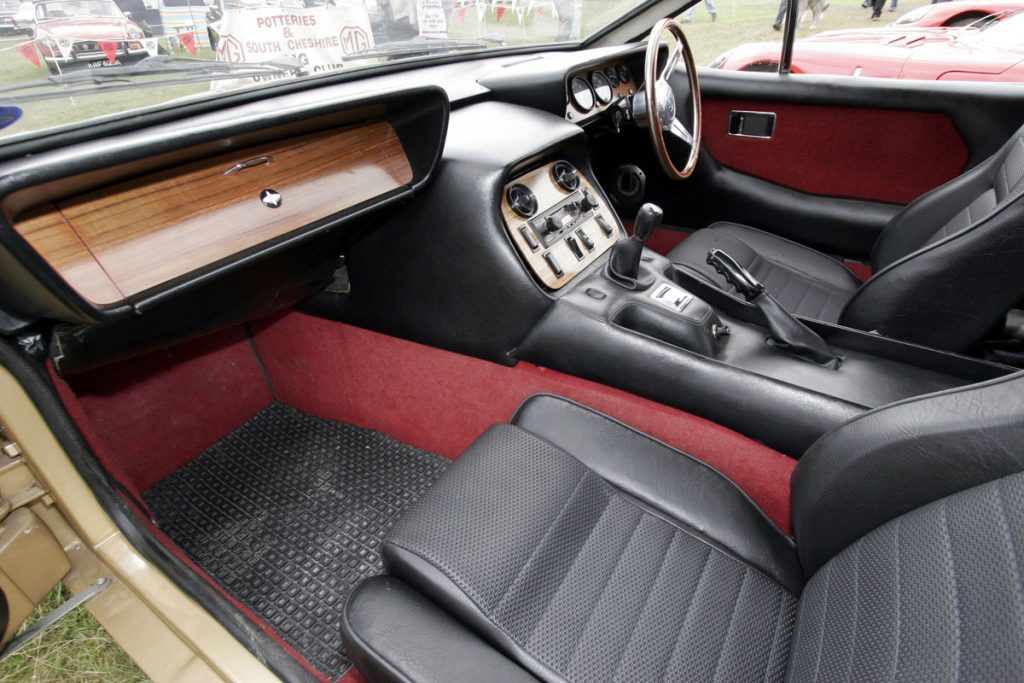
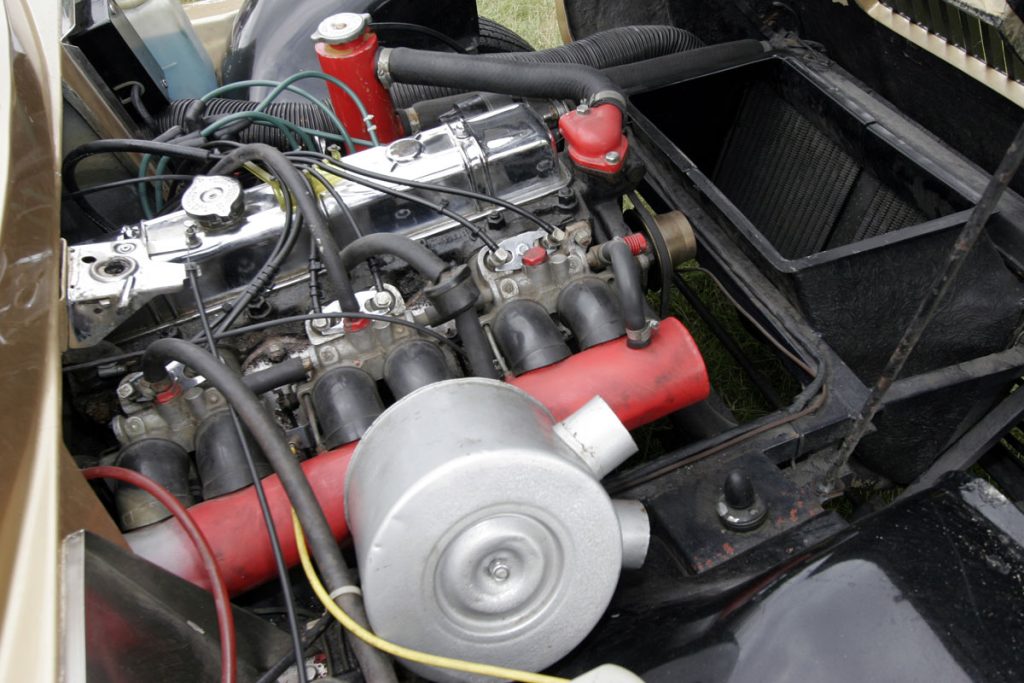
Highly geared for relaxed cruising, and fitted with a 17.5-gallon fuel tank for an excellent range, the Mantis also had plenty of suspension travel (no less than 7 inches at each corner) to soak up rubbish road surfaces, while Marcos’ family-friendly GT also featured a big boot and enough cabin space for four adults.
Until 1969, Marcos used wooden chassis for its cars but then switched to steel. Underpinning the Mantis was a square-section steel-tube frame onto which was mounted a fibreglass bodyshell that was originally intended to incorporate a hatchback. But that would have required more reinforcement than Jem Marsh wanted, as it would have added weight. As it was, the entire bodyshell weighed just 250 pounds complete with doors, bonnet, and boot lid. Even better, with two adults on board and half a dozen gallons of fuel in the tank, the weight distribution was a perfect 50/50 front to rear.
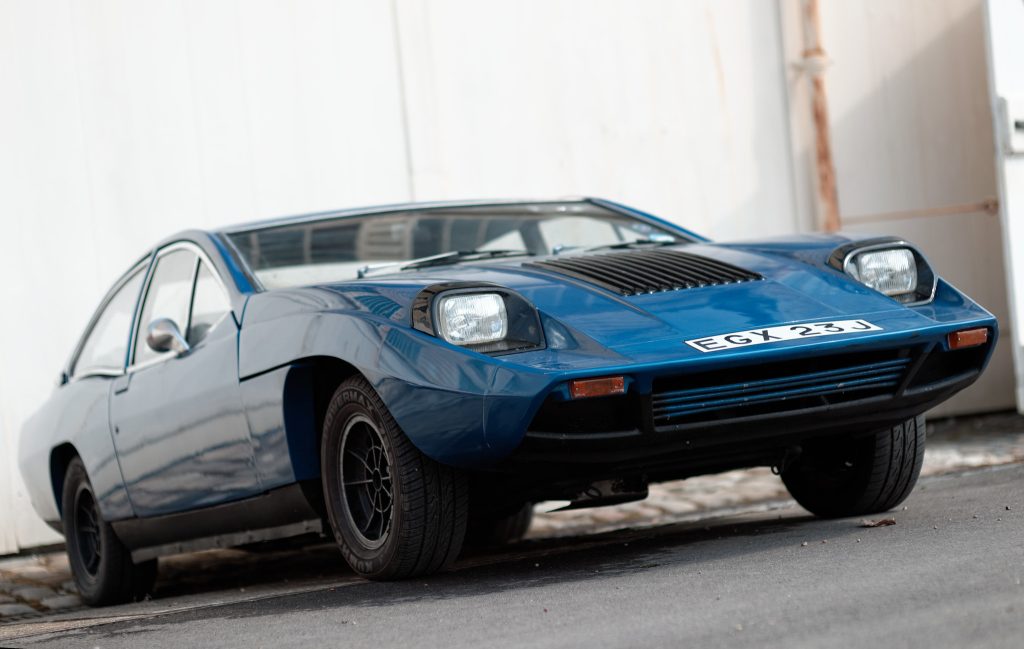
The front suspension was by double wishbones with coil springs, while at the back was a Ford Capri live axle suspended by trailing arms, coil springs, and dampers with lateral location by a nylon-bushed A-arm. Stopping was courtesy of servo-assisted discs and drums, while there was a Triumph GT6–sourced steering rack. The original plan had been to fit a Ford 3.0-litre ‘Essex’ V6, but at the eleventh hour the switch was made to Triumph, purely because the inline engine was easier to package than the V6 and also offered superior weight distribution.
When launched in late 1970, the Mantis was priced at £2550, putting it perilously close to that E-Type which offered much less space, but came with a 4.2-litre engine, a large dealer network, and less approximate build quality. Things got off to a reasonable start, however, with three Mantises rolling out of the Wiltshire-based factory each month. A move to bigger premises followed, and it was at this point that things started to go badly wrong.
Just as Marcos was moving into its new home, 27 of its cars were impounded in the US because it was reckoned they didn’t comply with Federal emissions regulations. They did, but by the time things were ironed out the company was dead, starved of much-needed cash that was due to come in from those Stateside sales. By the end of 1971, Marcos had gone belly up – not that it would remain dead.

With Marcos gone, the Mantis project was sold on to Lancashire-based company Autotune, which would then sell it as the Mirage. However, there would be no new cars until the mid-1980s, and even then there’s some debate as to how many were made; figures between one and five are bandied about. Whereas Marcos offered only fully-built Mantises, Autotune sold the Mirage only in kit form.
That’s still not the end of the Marcos story, however, because a decade after its demise the company was back, with Jem Marsh once again at the helm. There were no four-seaters this time though; an updated two-seater was on offer with Rover or Ford V8s. Production lasted until 2000, when bankruptcy loomed once again. By 2002, Canadian Tony Stelliga had taken over the reins, but five years later Marcos had gone for good in terms of new-car production. But the drawings, jigs, and property rights were acquired by Marcos Heritage Spares, so who knows whether Marcos really has gone for good?
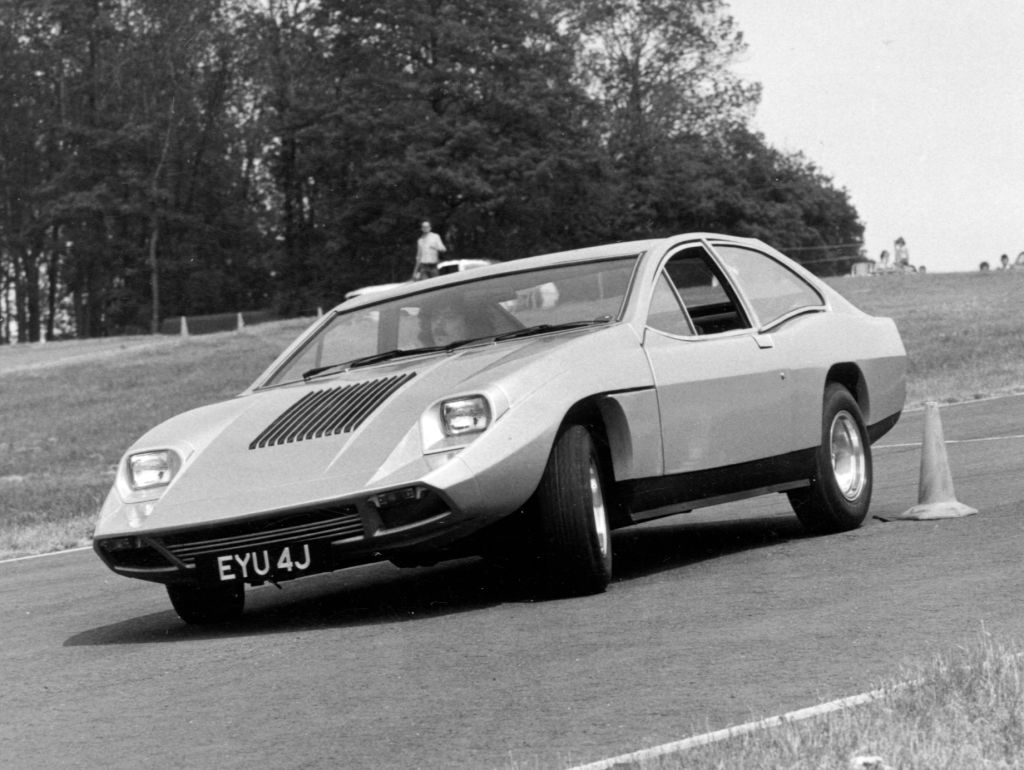
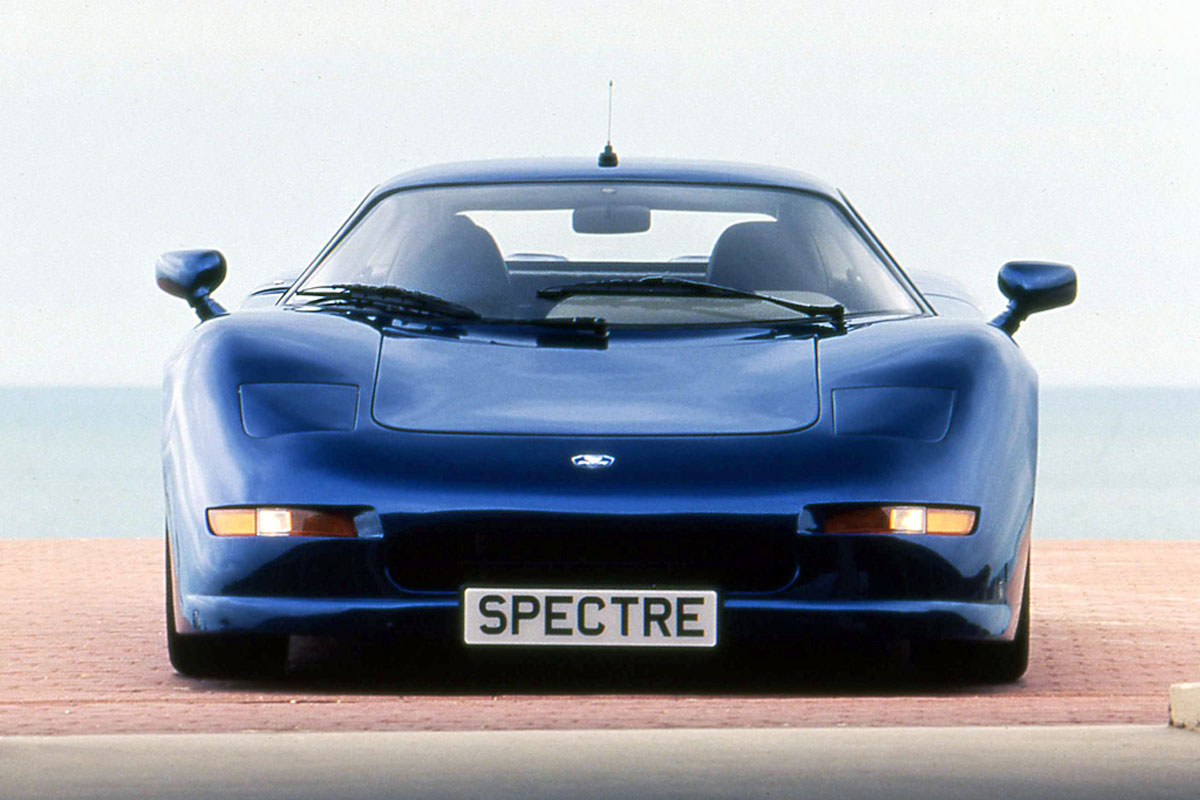


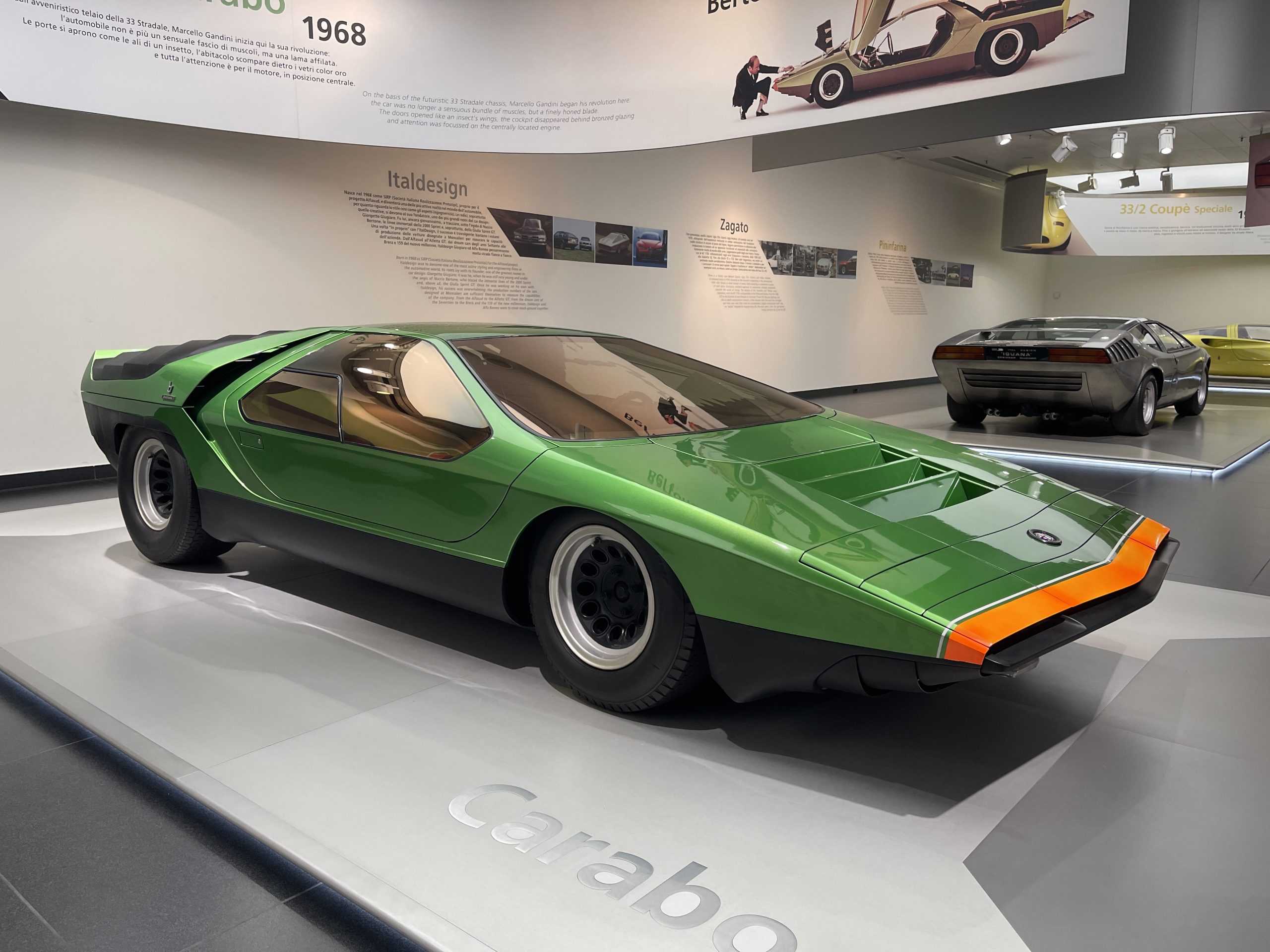


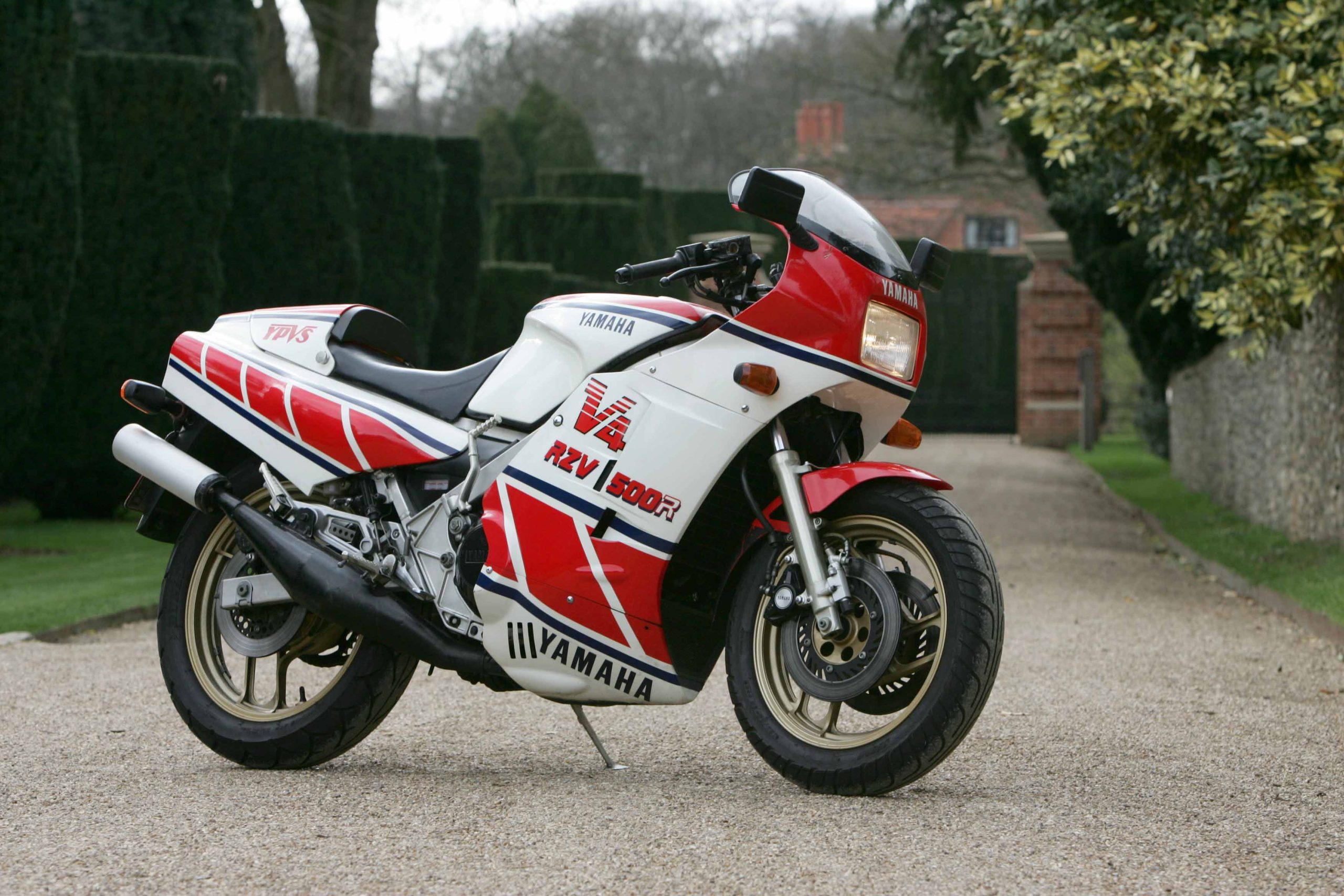
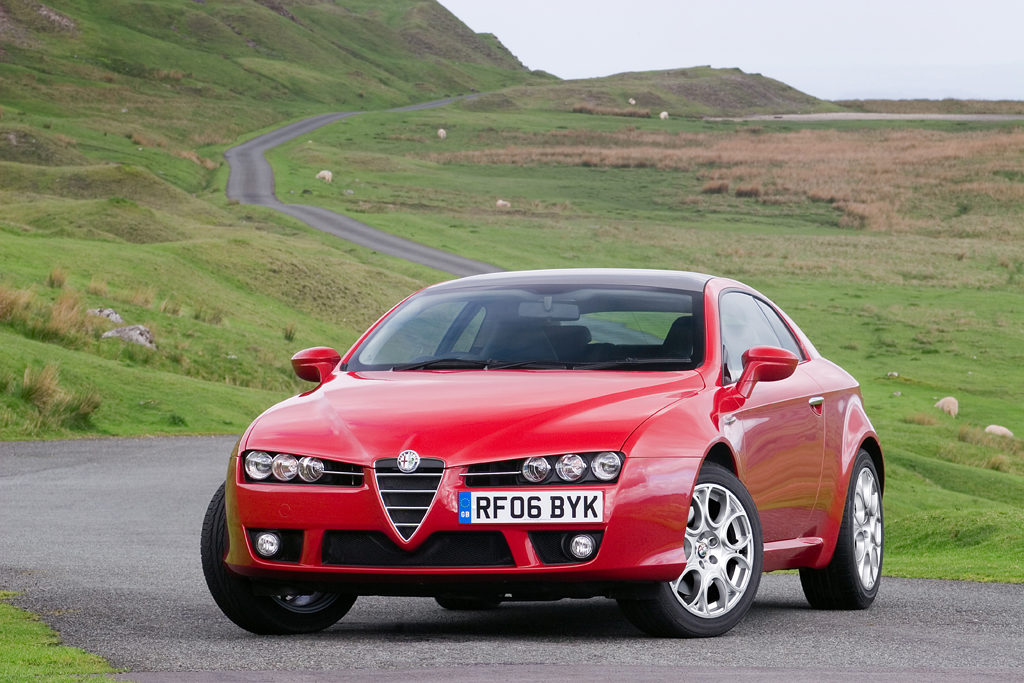

My brother ran an orange G-reg Marcos GT in the 70s – used to pick me up from school in it. Oh, the looks from my classmates! The thing would pull away from a standing start in 3rd gear. It met its end at traffic lights in London when driven over by a lorry, turning left, who (owing to its low stance) claimed “sorry mate, didn’t see ya”!
Funnily, I like the look of the Mantis although I have never seen one in the raw. I find it a lot more interesting and stylish than the similar wedge offerings from Lotus at the time which to me are rather plain and hohum.
A guy in my old home town used to scoot around in a Marcos with an extra yellow number plate on the back, bearing the word “TURDO.” Those cars looked good with a particular eye disorder.
I was a teenager in Luton and remember Jem when he ran Speedex there. A schoolmate worked there at weekends, I got a ride in the first Marcos, plywood with a plastic windshield. This is the first time I have read what happened at the demise of his company, thanks.